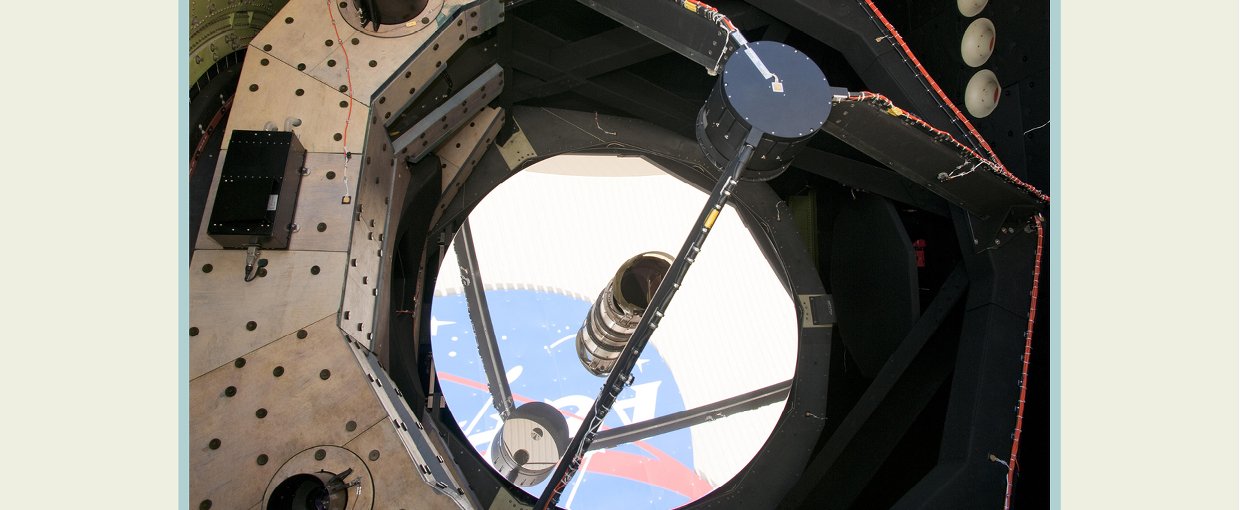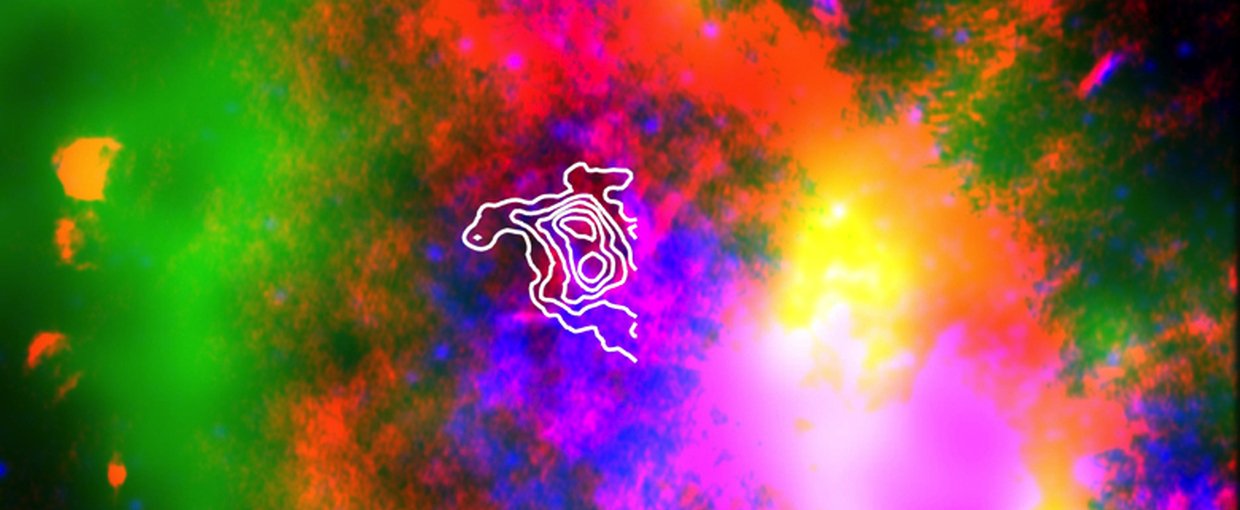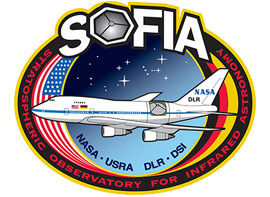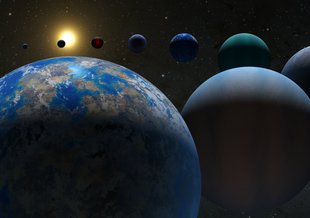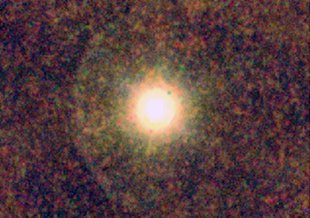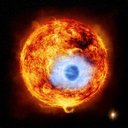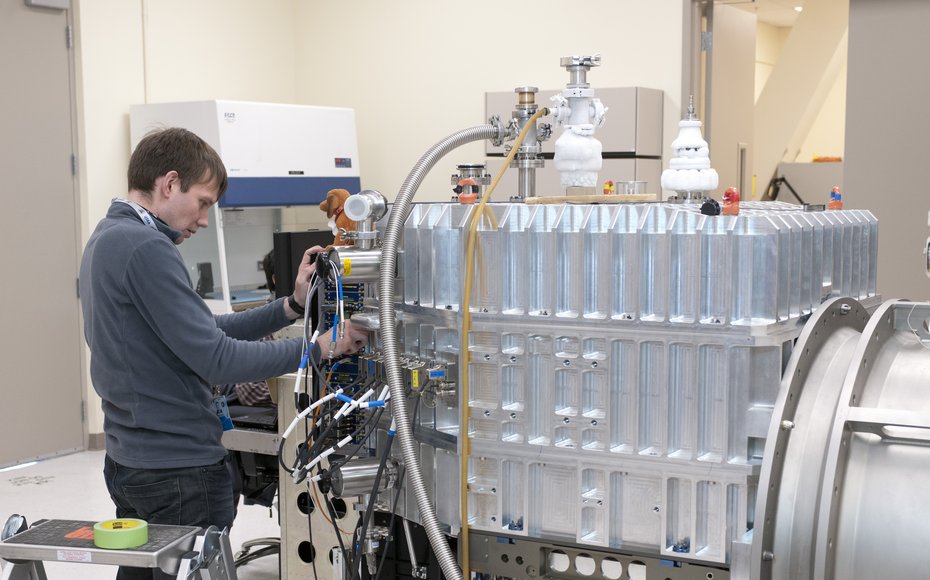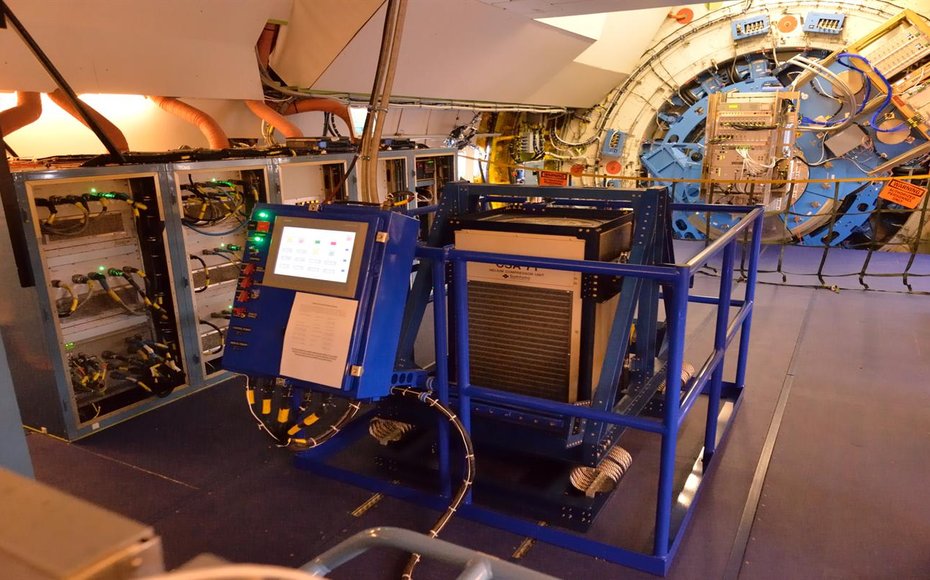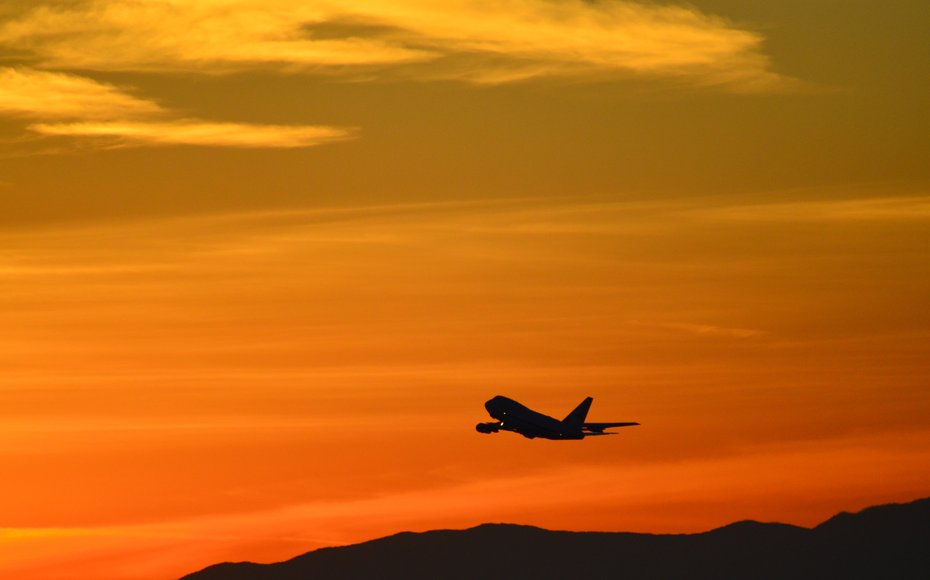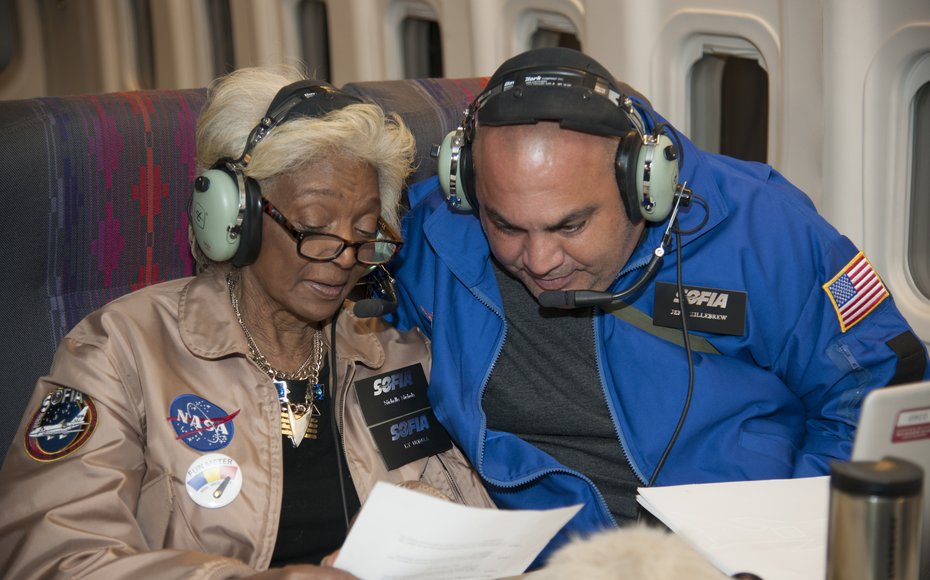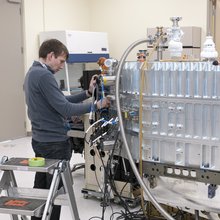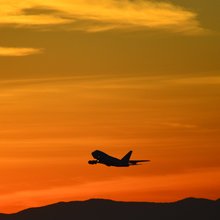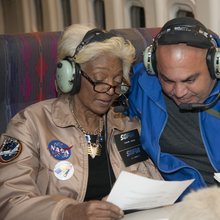- Launch Date April 01, 2007
- End DateSeptember 30, 2022
- Mission TypeGround Based Telescope
- TargetThe Universe
Mission Overview
SOFIA is a joint program between NASA and the German Aerospace Center (DLR), and is a telescope capable of making observations from onboard an airplane. SOFIA is comprised of a Boeing 747SP aircraft modified to accommodate a 2.5 meter gyro-stabilized telescope.
Relevance to Astrobiology
SOFIA is the largest airborne observatory in the world. From high in Earth’s atmosphere, the mission can make observations that are impossible for even the largest ground-based telescopes on the highest mountain peaks. Many of SOFIA’s target observations are directly relevant to the Astrobiology Program:
- Study the formation of new solar systems
- Identify complex molecules in space
- Observe planets, comets, and asteroids in the Solar System
NASA Astrobiology Involvement
Astrobiologists supported by elements of the NASA Astrobiology Program are working with data returned by the SOFIA mission.
The Astrobiologists
NAI Carnegie Institution of Washington Team Weinberger is PI of the Cycle 2 general observer program 02_0050, “Watching the Collisional Cascade of a Giant Impact”.
NAINASA Ames Research Center Team Scott Sandford is PI on a Second Generation SOFIA Facility Instrument proposal for the SIRIS instrument.


